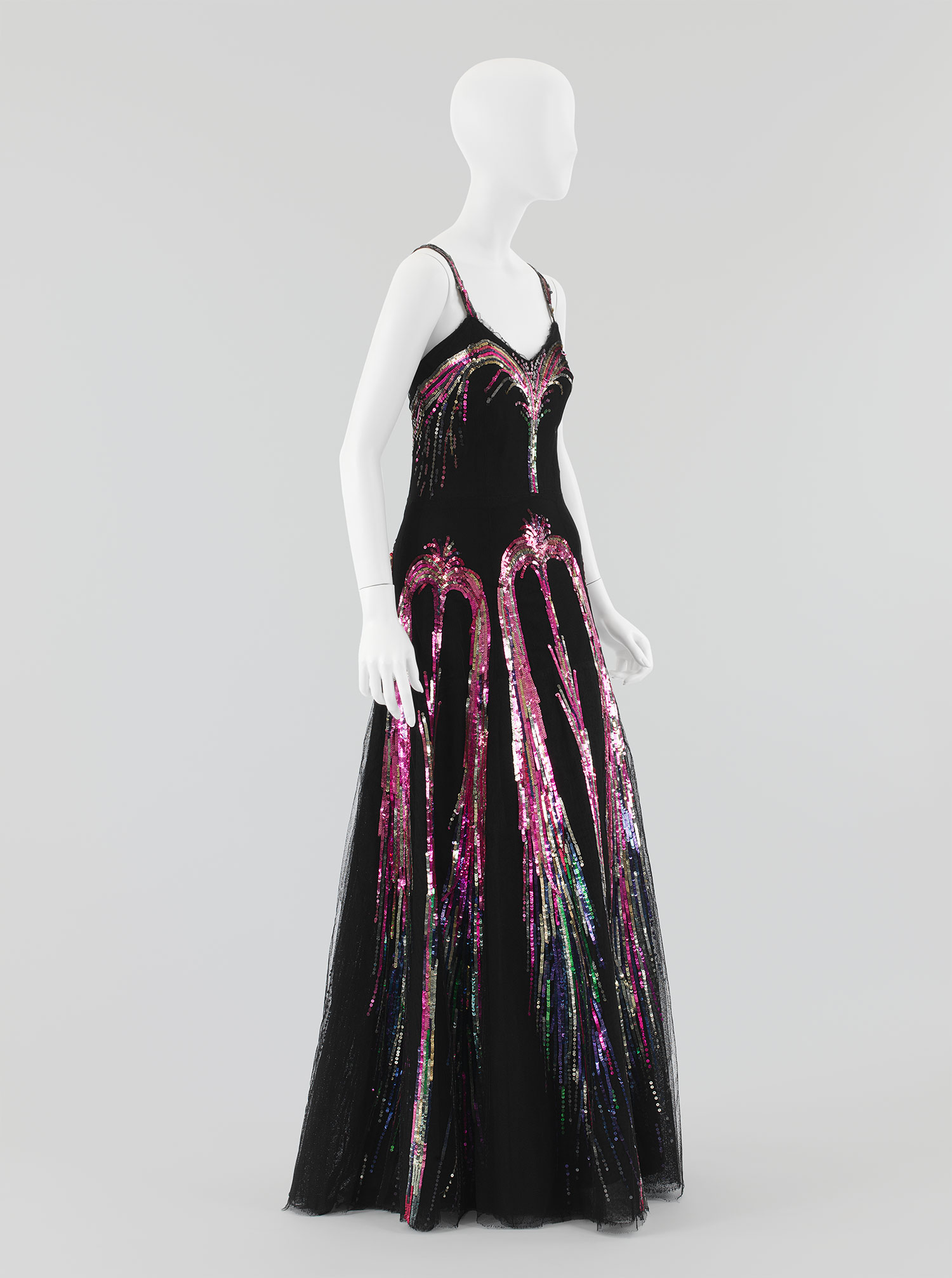Yes, every girl does need at least one. For those of you who don’t know, the LBD, otherwise referred to as the little black dress, is a necessity for every complete wardrobe. You can get them as cheap as they come so I’m certainly not encouraging anyone to shell out the big bucks for such a basic piece. Originally, I was gonna blog about my favorite basic essentials for fall and winter, but since the LBD is in a class by itself, I thought it deserved its own post.
The history of the LBD began in the early 1920’s during the fashion reign of CoCo Chanel, who incorporated these pieces in her collections. It later became popularized by other fashion icons like Audrey Hepburn, Jackie Kennedy, Princess Diana, and, of course, Betty Boop.
The LBD is not only adored for its simplicity, but for its adaptability. This type of piece may be worn formally or extremely casually, depending on the way one chooses to dress it up. For me, I could wear one to class with my hair up, a cardigan and flats, with extremely conservative jewelry, and then if I wanted to go out later I could just throw on a pair of pumps, statement jewelry, and let my hair down.
The LBD is so simple, yet such a complex fashion staple for its evident flexible nature, allowing women to discover a different look every time it is worn. In addition, though it is such a solid and plain color, it truly provides women a blank canvas upon which several looks are procured. The LBD is not just a dress, it is a tool of expression and stylistic artistry, proving one of the most timeless essentials in anyone’s wardrobe.

